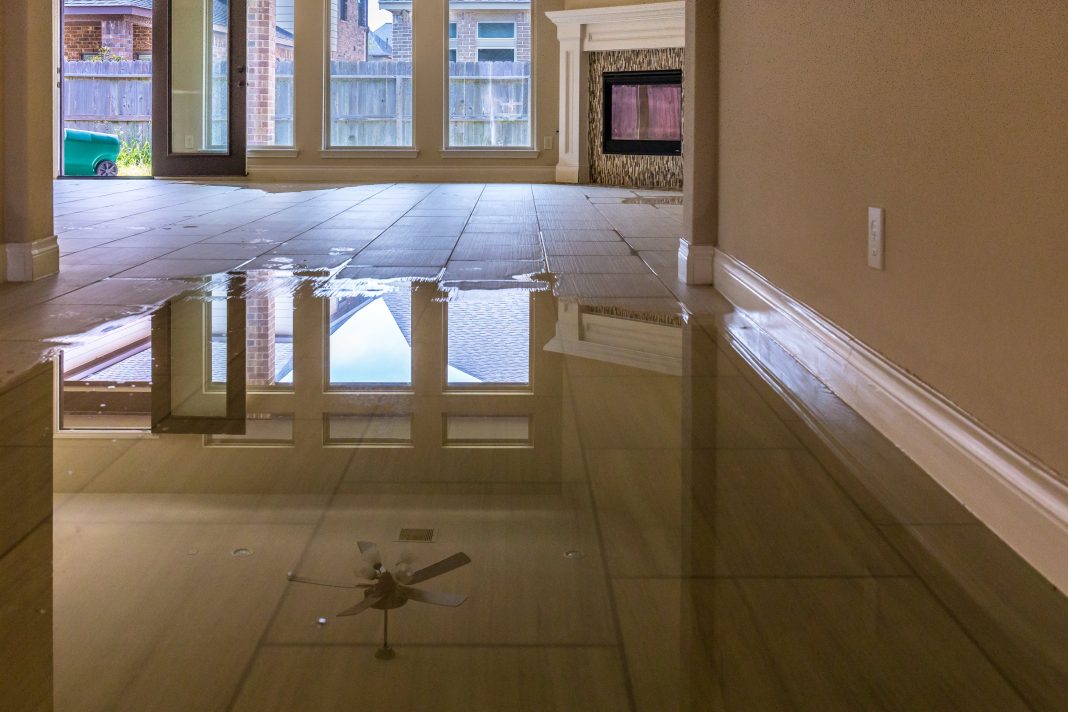Water damage can wreak havoc on properties, causing extensive structural harm, mold growth, and financial strain for homeowners and businesses alike. In such dire circumstances, navigating the complexities of water damage insurance claims becomes imperative for policyholders seeking timely relief and fair compensation. This article delves into the intricate realm of water damage insurance claim, offering expert guidance and insights to empower policyholders in their pursuit of rightful settlements.
Understanding Water Damage Insurance Claims
Assessment and Documentation
The first step in the water damage insurance claims process involves conducting a thorough assessment of the damage incurred. Policyholders must document the extent of water intrusion, structural impairments, and any associated losses, such as damaged belongings or furnishings. Detailed documentation, including photographs, videos, and written descriptions, serves as crucial evidence to substantiate the claim and support the valuation of damages.
Navigating Policy Coverage
Understanding the scope of coverage provided by the insurance policy is paramount when filing a water damage claim. Policies may vary in their coverage for different types of water damage, such as sudden leaks, burst pipes, or flooding from external sources. Policyholders should review their insurance policy carefully to ascertain coverage limits, exclusions, and deductible requirements relevant to water damage claims.
The Distinctive Challenges of Water Damage Claims
Hidden Damage and Secondary Effects
Water damage claims present unique challenges due to the potential for hidden damage and secondary effects, such as mold growth and structural deterioration. Even seemingly minor water leaks can lead to pervasive moisture infiltration, compromising the integrity of building materials and posing health risks to occupants. Policyholders must be vigilant in identifying and addressing these hidden risks to mitigate further damage and ensure comprehensive restoration.
Complexities of Valuation and Restoration
Valuing water damage requires a nuanced understanding of property assessment methodologies, including cost estimation for repairs, replacement of damaged items, and mitigation of secondary effects. Policyholders may encounter complexities in quantifying the full extent of water damage and negotiating fair compensation with insurers. Engaging the services of qualified professionals, such as public adjusters or water damage restoration specialists, can facilitate accurate valuation and expedite the claims process.
Expert Guidance for Successful Claims Resolution
Proactive Mitigation and Preservation
In the aftermath of water damage, swift action is paramount to mitigate further losses and preserve the integrity of the property. Policyholders should take proactive measures, such as stopping the source of water intrusion, extracting standing water, and initiating drying procedures to prevent mold growth and structural decay. Documenting mitigation efforts and retaining records of expenses incurred can strengthen the insurance claim and demonstrate diligent property management.
Strategic Communication and Advocacy
Effective communication with insurance adjusters is essential for successful resolution of water damage claims. Policyholders should communicate promptly with their insurer, providing accurate and comprehensive information regarding the incident and the resulting damages. Engaging the services of a skilled advocate, such as a public adjuster specializing in water damage claims, can streamline communication with insurers and ensure that policyholders’ rights are upheld throughout the claims process.
Building Trust and Credibility
Industry Accreditation and Affiliations
Policyholders seeking assistance with water damage insurance claims should prioritize professionals with industry accreditation and affiliations. Public adjusters certified by reputable organizations, such as the National Association of Public Insurance Adjusters (NAPIA) or the Institute of Inspection, Cleaning and Restoration Certification (IICRC), demonstrate a commitment to upholding industry standards and ethical conduct. By aligning with accredited professionals, policyholders can trust in the expertise and credibility of their advocates.
Transparent Practices and Client Testimonials
Transparency and integrity are hallmarks of credible professionals assisting with water damage insurance claims. Advocates who prioritize open communication, honest assessments, and ethical practices foster trust and confidence among policyholders. Client testimonials and references serve as tangible endorsements of a professional’s credibility and track record of success in achieving favorable outcomes for water damage claims. By seeking recommendations from satisfied clients, policyholders can identify trustworthy advocates to represent their interests effectively.
Conclusion
In conclusion, mastering water damage insurance claims requires diligence, expertise, and strategic advocacy. By understanding the complexities of water damage claims, policyholders can navigate the process with confidence and ensure fair and timely resolution of their claims. With expert guidance from qualified professionals and a commitment to transparent communication and ethical practices, policyholders can mitigate the challenges of water damage claims and restore their properties to pre-loss condition effectively.










